We protect the Aquatic Environment From Urban Runoff Pollution. We are StopUP.
European freshwaters (rivers, lakes, transitional waters and coastal waters) need to be protected. Even though the Urban Waste Water Treatment (UWWTD) and other directives have already made a big impact toward protecting the European freshwaters, urban pollution still poses a big threat to the water quality.
And we, StopUP, want to do something about it.
What is the StopUP goal?
In summary, the goal of StopUP is to minimise pollution from urban runoff by creating a better understanding of pollutant sources and pathways. StopUP will provide innovative monitoring and treatment technologies and tools to enable end users to apply existing and new Sustainable Drainage Systems (SuDS).
This allows us to achieve the ambitious environmental quality targets as required by the Water Framework Directive (WFD). In particular, StopUP will equip drainage engineers and supporting experts with better solutions for managing urban surface water runoff, while taking into account the project pressures due to climate change.
What are the threats to our European Freshwaters?
Combined sewer overflow
One of the biggest culprits of urban pollution is combined sewer overflow. A combined sewer system collects domestic sewage, rainwater runoff and industrial wastewater and transports it to a sewage treatment plant.
However, during heavy rainfall of stormy weather, the capacity of the sewer system becomes pressurized, meaning that stormwater and wastewater is discharged into nearby rivers, streams and other water bodies, without being treated. Causing our rivers and streams to be polluted with toxic materials, industrial and human waste.

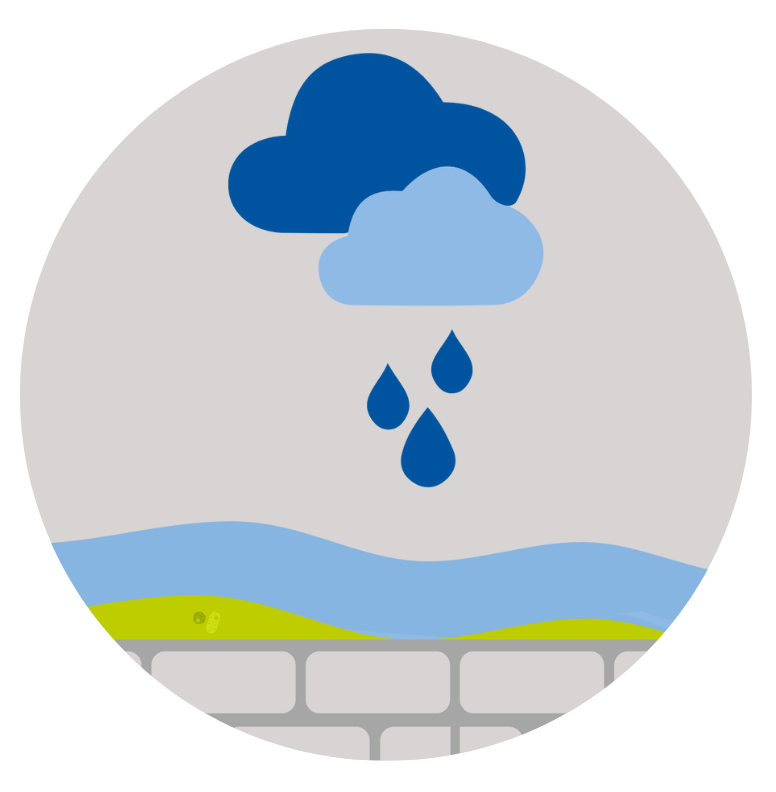
Surface water runoff
Another culprit of urban pollution is surface water runoff. Surface runoff is the water that flows on the surface when excess rain or stormwater can no longer infiltrate into the soil. And we, humans, are largely to blame for this runoff water since we are adding more and more impervious structures to the surface, such as pavements, roads and roofs, blocking the water from infiltrating into the soil.
Surface water runoff can cause flooding, but it also collects sediments and pollutants while flowing over our roads, and by not being able to infiltrate into the soil, this surface water also fails to recharge the local ground water level, affecting the amount of water that is available for human consumption.
Climate change
These two problems (surface water runoff and combined sewer overflow) are clearly causing harm to our European freshwaters, but with climate change we can expect these conditions to get even worse. Longer dry periods, hotter temperatures and intense rainfall will put a huge stress on the flora, fauna and water quality of the European freshwaters.
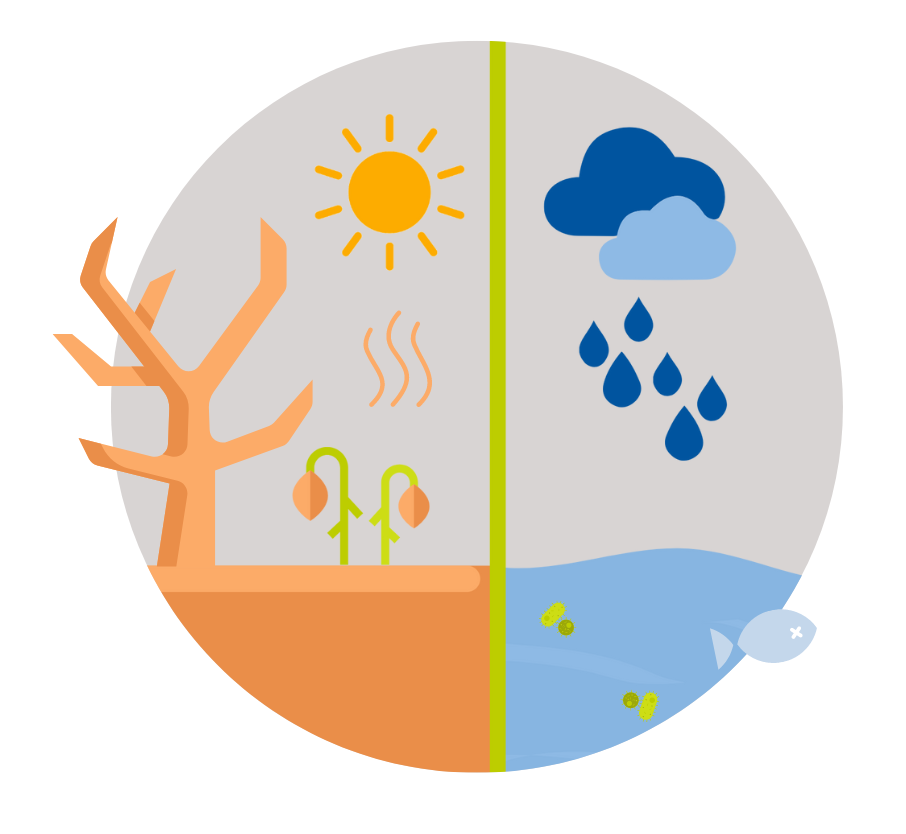
The projected increase in rainfall in the next years will cause a wide range of pollutants such as suspended solids, nutrients, hydrocarbons, heavy metals, trace organics and microbial contaminants to end up in our European freshwaters.
A JRC study of 2019 shows the assessment of avoidable loads from various emission sources and highlights the importance of addressing the polluting effects of urban runoff and combined sewer overflows. – Research by Pistocchi, A., Dorati, C., Grizzetti, B., Udias Moinelo, A., Vigiak, O. and Zanni, M., Water quality in Europe: effects of the Urban Wastewater Treatment Directive, EUR 30003 EN, Publications Office of the European Union, Luxembourg, 2019, ISBN 978-92-76-11263-1, doi:10.2760/303163, JRC115607.
What is needed to protect our freshwaters?
Now we know the problems to our European freshwaters, it’s needless to say that good solutions are needed to successfully cope with this urban pollution and projected climate change. New ways need to be developed to effectively address and combat this pollution, and reduce the emitted loads in an affordable way that is acceptable to the end users and to society.
Once these new methods are developed, it’s important that they are taken up by the planners and drainage practitioners, along with the already existing Sustainable Drainage Systems (SuDS). Either by designing new drainage systems or by retrofitting these methods on existing sewer systems.
Here are just a few possible sollutions to limit urban pollution. A combination of these different interventions will be necessary to protect our freshwaters.
Local Retention
Something that comes up a lot as a possible first solution is to locally retain and infiltrate stormwater so that the risk of sewer overflow is under control, but when this water is not properly treated, this solution bears a new risk of groundwater polluting.
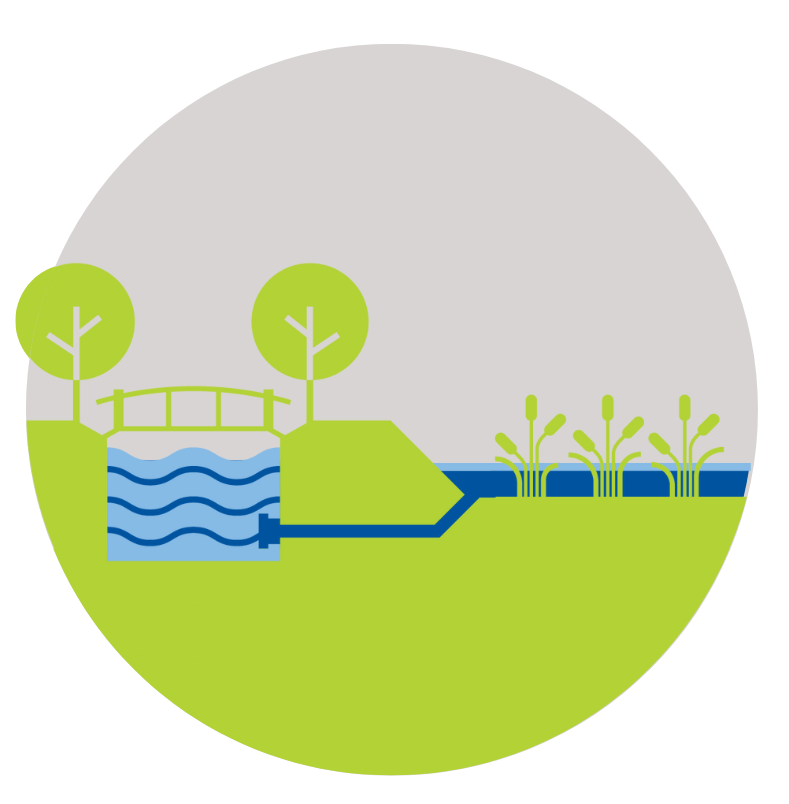
Limitation of paved surfaces
Another solution to reduce the surface water runoff is to limit the creation of paved surfaces and make way for more green bodies.
Treating runoff at the source
While increasing hydraulic capacity is difficult and expensive, the pollutant loads can also be reduced by treating runoff directly at the source and at the discharge locations, whilst also improving the operation of the drainage infrastructure.
First steps in starting a new urban development project
Why mapping out pollution pathways is the best approach
In the current surface water management of towns and cities, there are significant knowledge and implementation gaps to effectively tackle urban runoff pollution.
That’s why we need a better understanding of pollution loads and the different pollution pathways in towns and cities. Pollution pathways include water flows on different types of roads, other paved surfaces, industrial and commercial estates, and roof runoff into urban catchments. By mapping out these pathways, we can create effectively targeted interventions like source control, retention, and treatment measures.
But how to effectively map out these pathways? That is done by utilizing the newest advances in monitoring methods, like online sensors in the field, data processing methods, data sciences, and model-based assessments. Model-based assessments are particularly relevant to assess the impact of projected global climate change and to check if the taken measures are effective or not.
Important criteria to be considered
The following criteria should be considered when starting a new urban development project or renovating or maintaining existing urban development projects:

Certain existing solutions, like large retention tanks or basins do not meet these criteria and lack effectiveness to limit a broad spectrum of contaminants. Other nature-based solutions like planted soil filters or innovative retention materials are much more effective, but lack great case studies and consolidated design criteria to be deployed at large. Furthermore, the design and implementation of solutions must also consider the case-specific context including geography, climate, land use and receiving waters.
The goal of this European Horizon project StopUP
The StopUP approach
Stop Urban Pollution (StopUP) aims to come up with effective methods which can be deployed at large to reduce urban pollution. During this project, we will propose certain new methods, information, tools, and guidance on how to limit the impact of urban diffuse pollution more effectively. We will do this together with 11 partners across Europe.
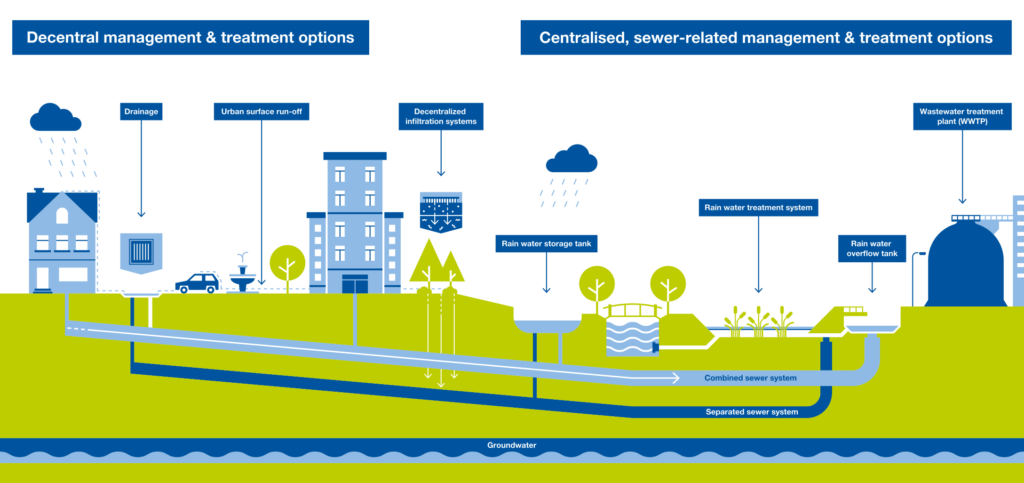
Figure 2. Scope of the StopUP project, including sustainable urban drainage (SuDS), Rain Water (RW) and Combined Sewer Overflow (CSO) management options also in conjunction with optimised use of Wastewater Treatment Plants (WWTP).
Different case studies in Europe: a holistic approach
We will propose these new methods through different case studies throughout Europe. StopUP will take the full urban context of each case study into account. During this project, we will assess the diffuse pollution from urban surfaces through different types of drainage systems – such as combined sewers and separate systems – and monitor their impact on the receiving waters. We will look at the SUDS concept, which is of particular importance to the project since it aims to reduce stormwater volumes from entering combined systems by using harvesting, treatment, retention, and infiltration, thereby reducing the pollutant load.
Furthermore, we will investigate ways to optimize the operation of the wastewater treatment plant in order to reduce the volume and number of untreated spills from the system. Overall optimization of the interplay between the sewer system and the wastewater treatment plant is essential for successful pollution control.
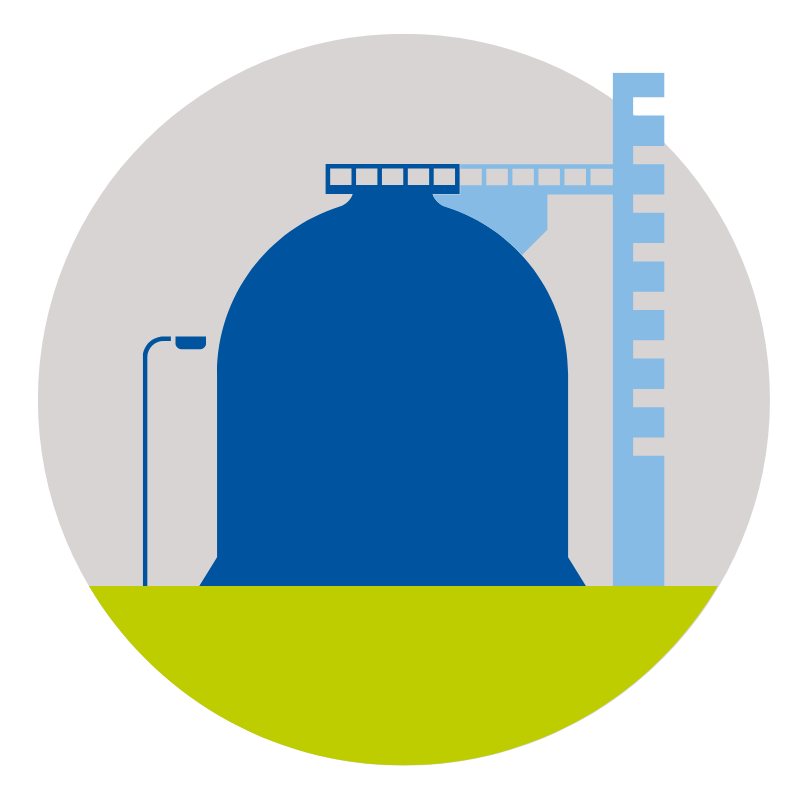
By working together on a large scale and providing drainage practitioners with the necessary tools and information, we aim to successfully combat urban pollution and work towards clean rivers we can all enjoy.
Discover what we’ve been working on so far.
More StopUP news.
Do you have a question or suggestion? Do not hesitate to contact us.
